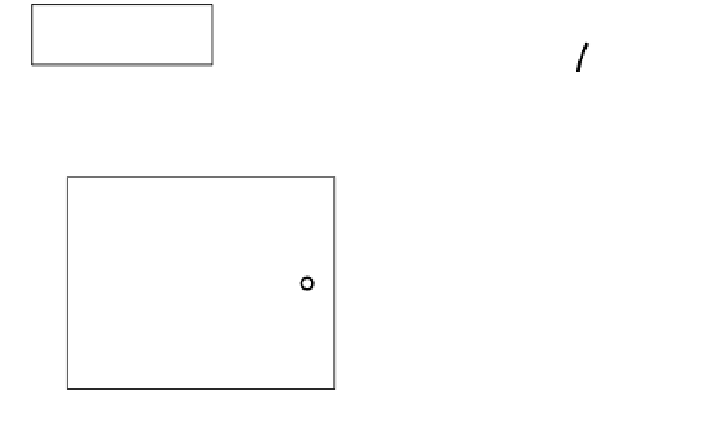Image Processing Reference
In-Depth Information
f
p
/f
n
= 0.1769, A
s
= 43.9 dB
0
−10
−20
−30
−40
FIR, n
FIR
= 14
IIR, n
IIR
= 5
−50
−60
0
0.05
0.1
0.15
0.2
0.25
0.3
0.35
0.4
0.45
0.5
f/f
n
IIR, n
IIR
= 5
FIR, n
FIR
= 14
1.5
1
1
0.5
0.5
14
0
0
−0.5
−0.5
−1
−1
−1.5
−1
0
1
2
−1
−0.5
0
0.5
1
Real Part
Real Part
Fig. 11. RHBF design examples: Magnitude characteristics and pole-zero plots
⎨
⎩
1
2
k
=
0
=
=
(
−
)
h
k
=
0
k
2
l
l
1, 2, . . . ,
n
2
/4
(20)
j
k
h
(
k
)
k
=
2
l
−
1
l
=
1, 2, . . . ,
(
n
+
2
)
/4
where, in contrast to (5), the imaginary part of the impulse response
h
=
−
h
k
∀
k
>
0
(21)
−
k
is skew-symmetric about zero, as it is expected from a Hilbert-Transformer. Note that the
centre coefficient
h
0
is still real, whilst all other coefficients are purely imaginary rather than
generally complex-valued.
Specification and properties
All properties of the real HBF are basically retained except of those which are subjected to the
frequency shift operation of (18). This applies to the filter specification depicted in Fig. 5 and,
hence, (6) modifies to
+
2
+Ω
s
+
2
= Ω
p
+
+ Ω
s
−
=
Ω
p
2
π
,
(22)





























































































































